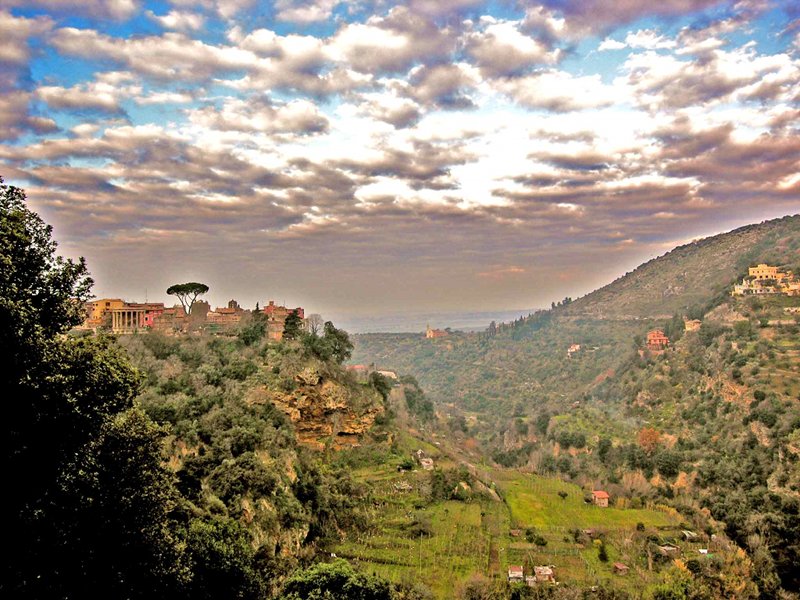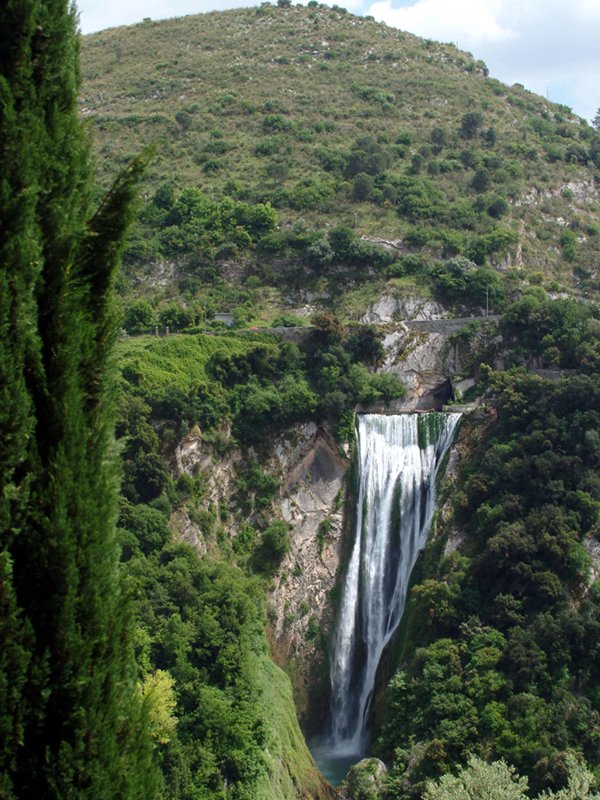Points of Interest
Historical Outline on Mt. Catillo Area
Monte Catillo Nature Reserve - whose name derives from the mythic character of Arcadia, who probably founded the town of Tivoli - is characterized by interesting signs of past human activities: traces of ancient shepherds' settlements, rests of Roman villas, sepulchres, aqueducts, reservoirs, and medieval towers. The so-called "calcare" are particular kilns used until a few decades ago to "fire" the calcareous stones and to prepare the lime for the local building activities.
The territory of Monte Catillo Nature Reserve is deeply linked to the events of the very ancient town of Tivoli, entirely situated within it.
A Glance to Tivoli
Tivoli, the ancient Tibur conquered by the Romans in 338 BC, preserves several evidences dating back to the Roman period, among which the walls, temples like those of Sibilla and Vesta facing the Aniene waterfalls, and ruins of villas. Outside the city center, along via Pomata (272 BC), you can see the ruins of residences dating back to the Republican and Imperial ages, like those of Brutus and Cassius.
At the exit of the toll booth, you will reach in a few minutes Villa Adriana (2nd century AD), residence and work of art of the emperor Hadrian, a fascinating and well-preserved place. It covers about six hectares and preserves various sites and buildings: the so-called "Canopo", the Theater, the Spas, the Stadium.
Another local jewel is Villa d'Este, famous above all for its gardens planned by Pirro Logorio, characterized by the several fountains of different shapes and size, adorned with statues and sculptures. The water of the fountains comes from the river Aniene.
The waters of the river Aniene are diverted in order to feed also Villa Gregoriana (beginning of the 19th century), characterized by a spectacular waterfall on which a belvedere faces.
In the historical town center, other aspects of interest are the churches San Silvestro, San Pietro, and Santo Stefano, all in Romanesque style (11th-12th century), Santa Maria Maggiore (11th century); palaces and buildings which during the Renaissance were built or restored according to the will of Ippolito II d'Este, appointed in 1550 governor of Tivoli, like San Lorenzo Cathedral (5th century) and the above-mentioned Villa d'Este.







